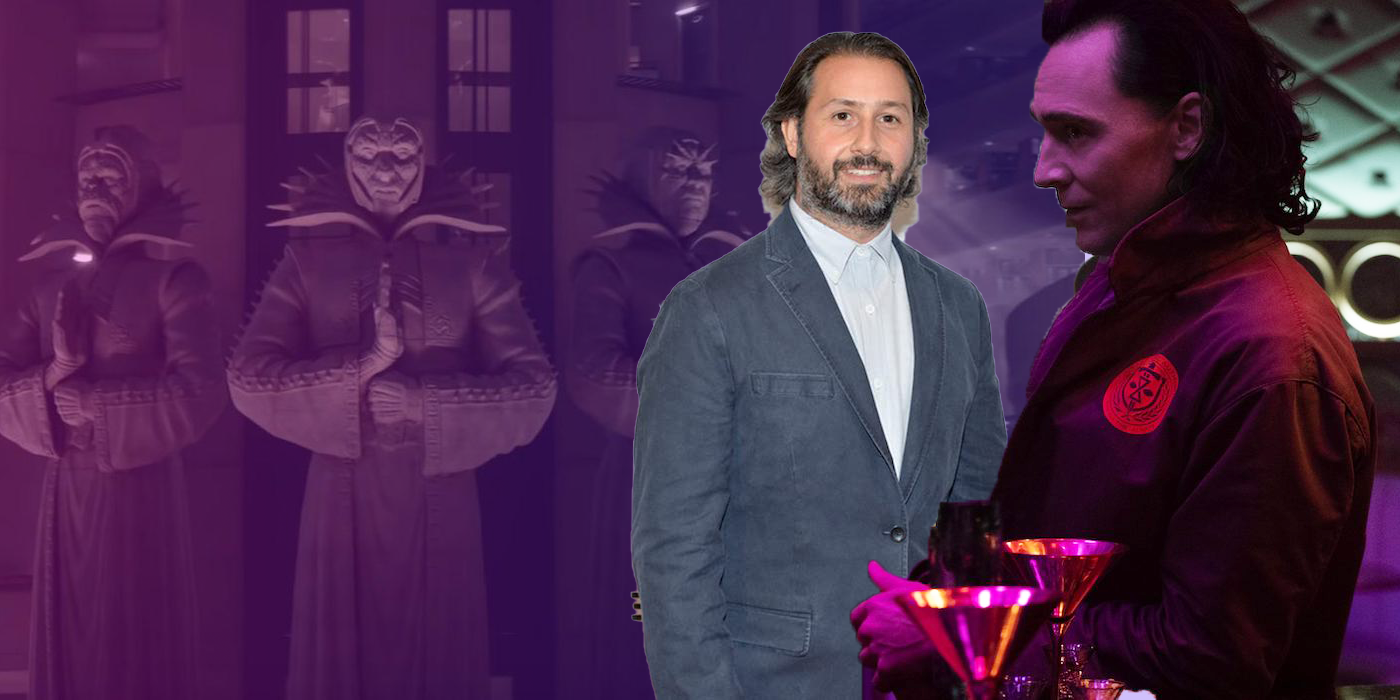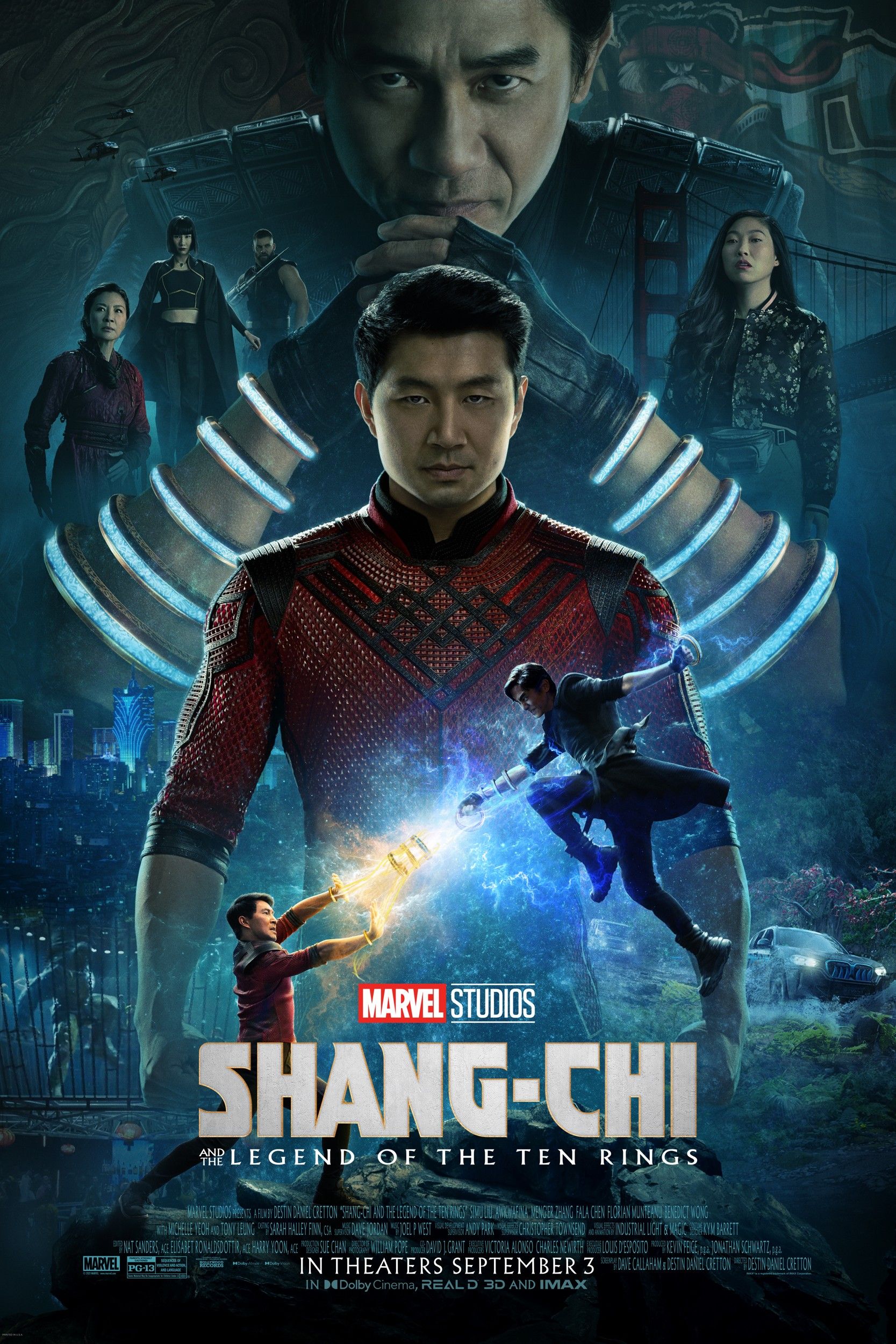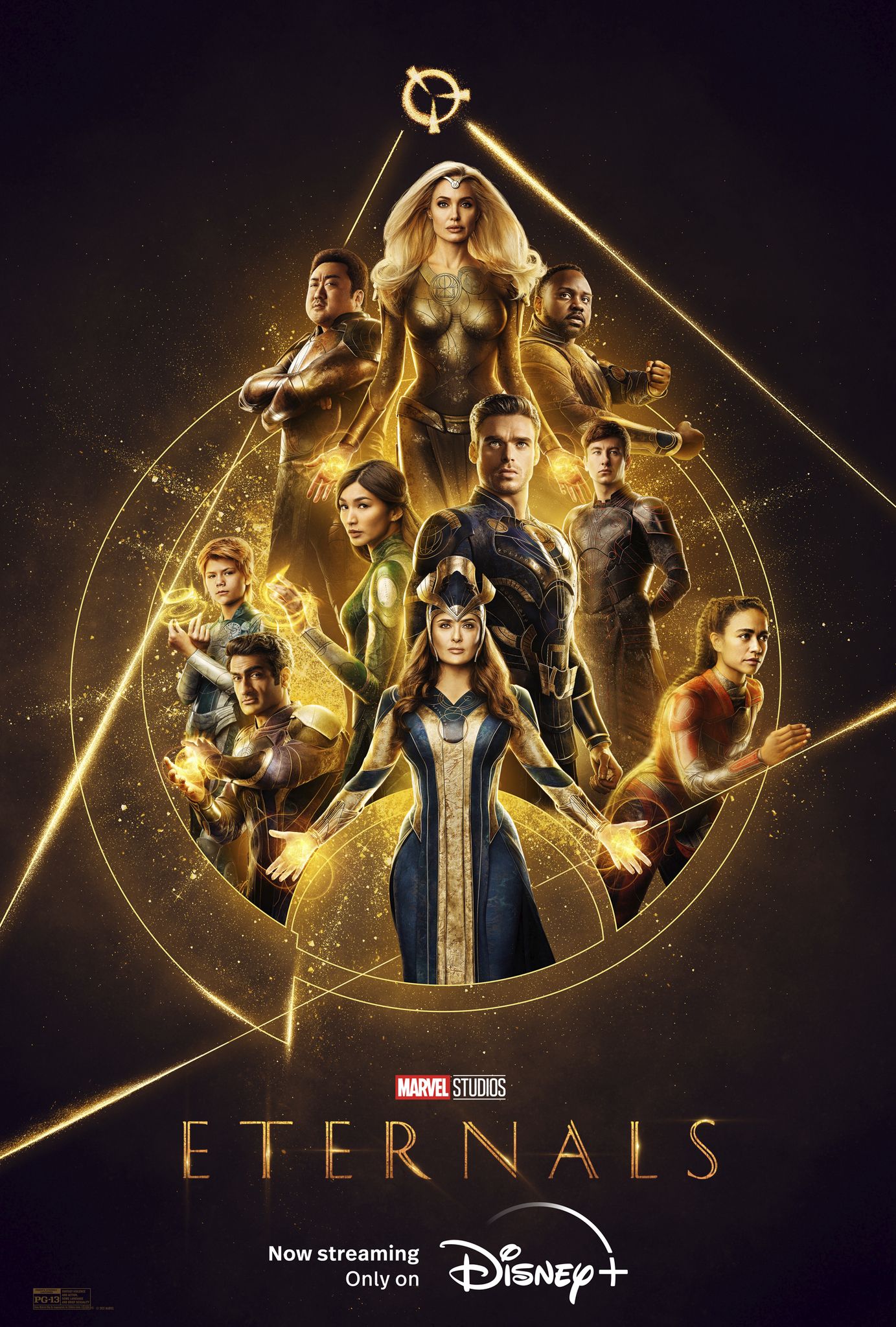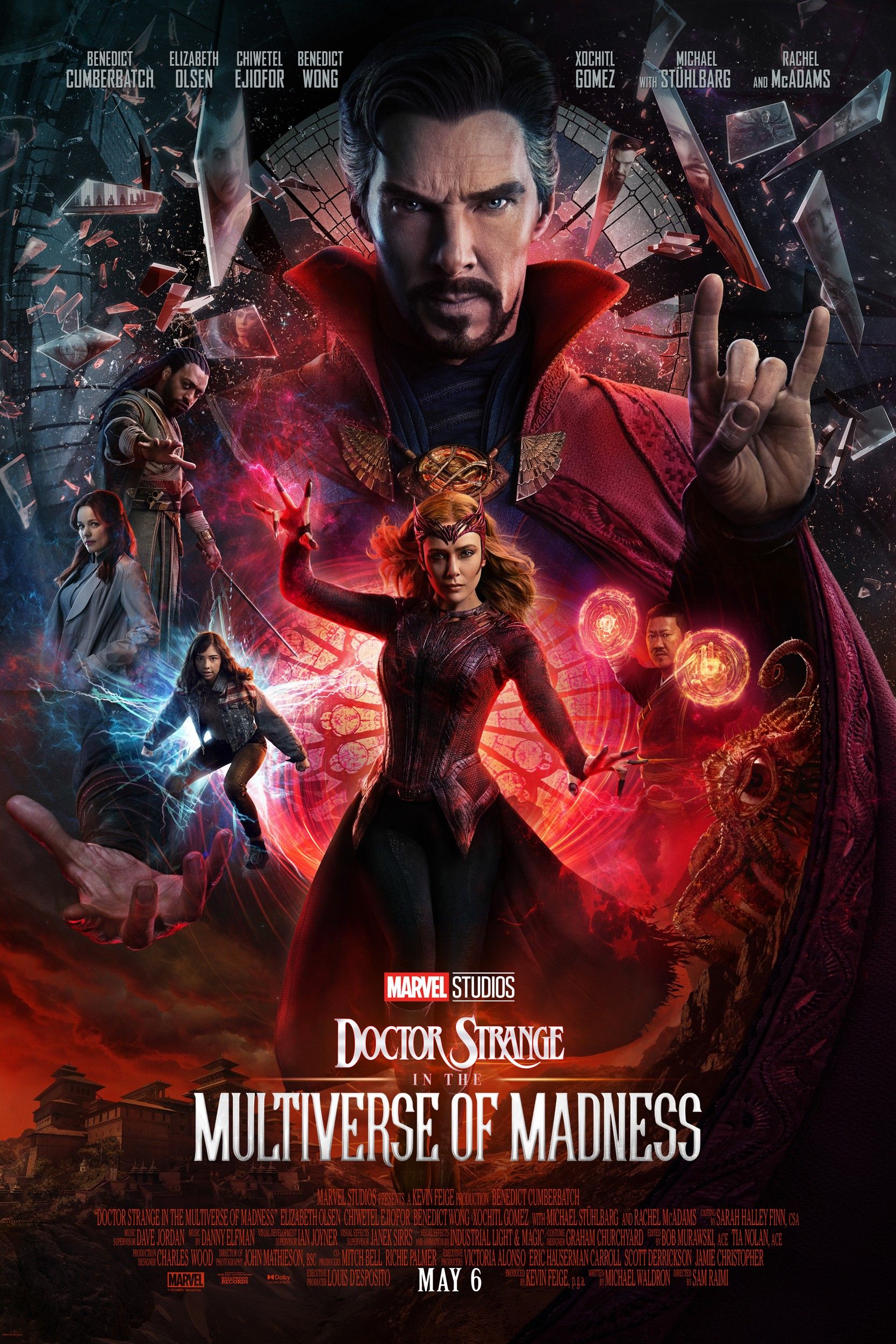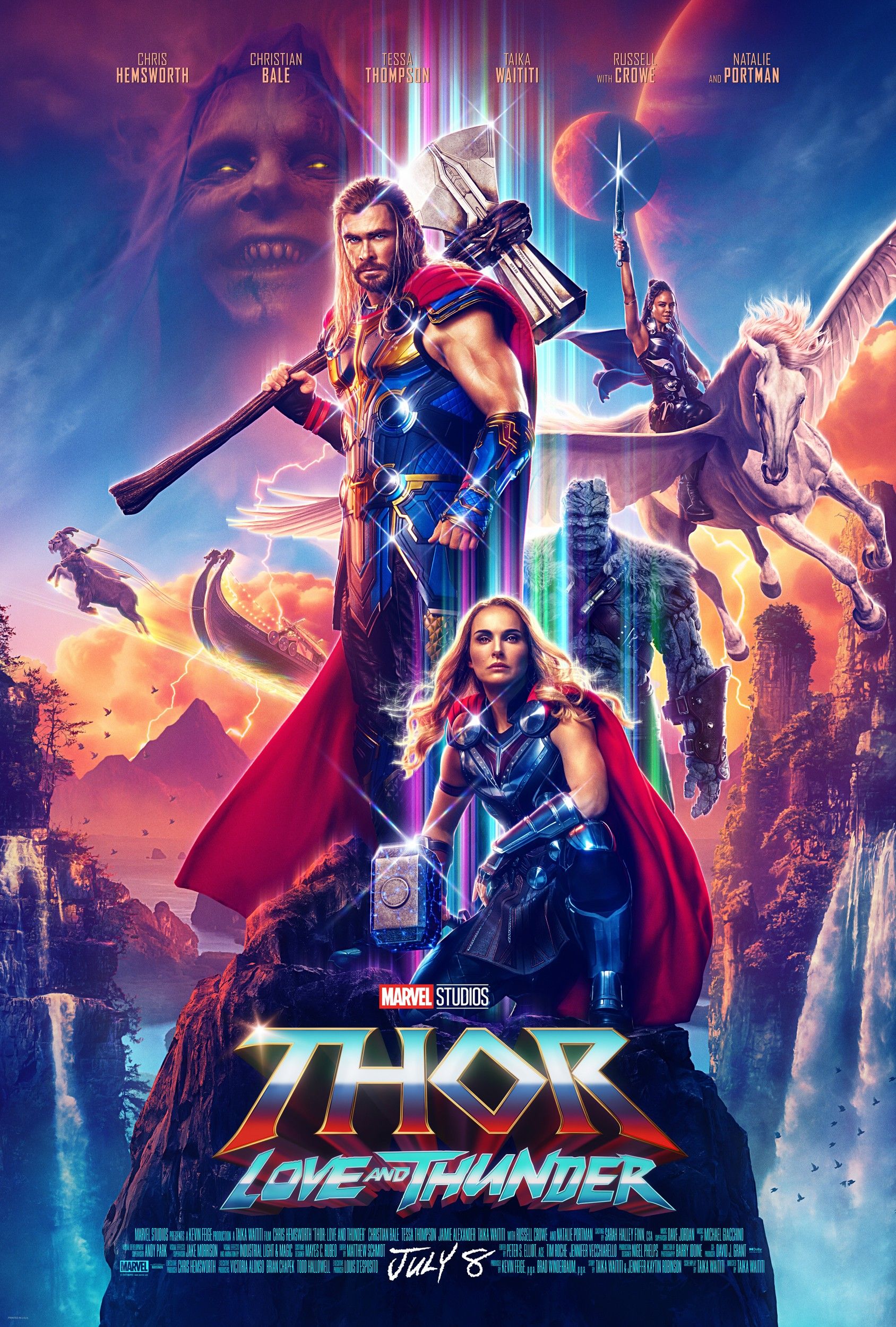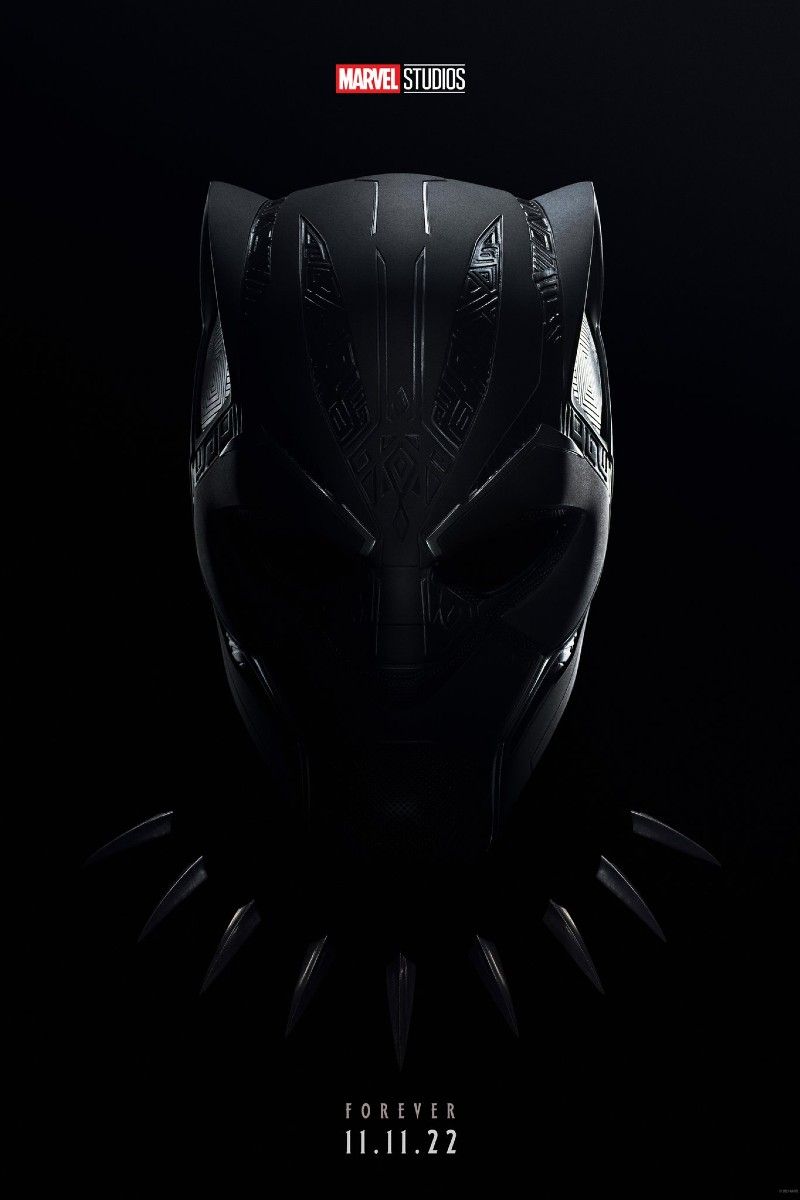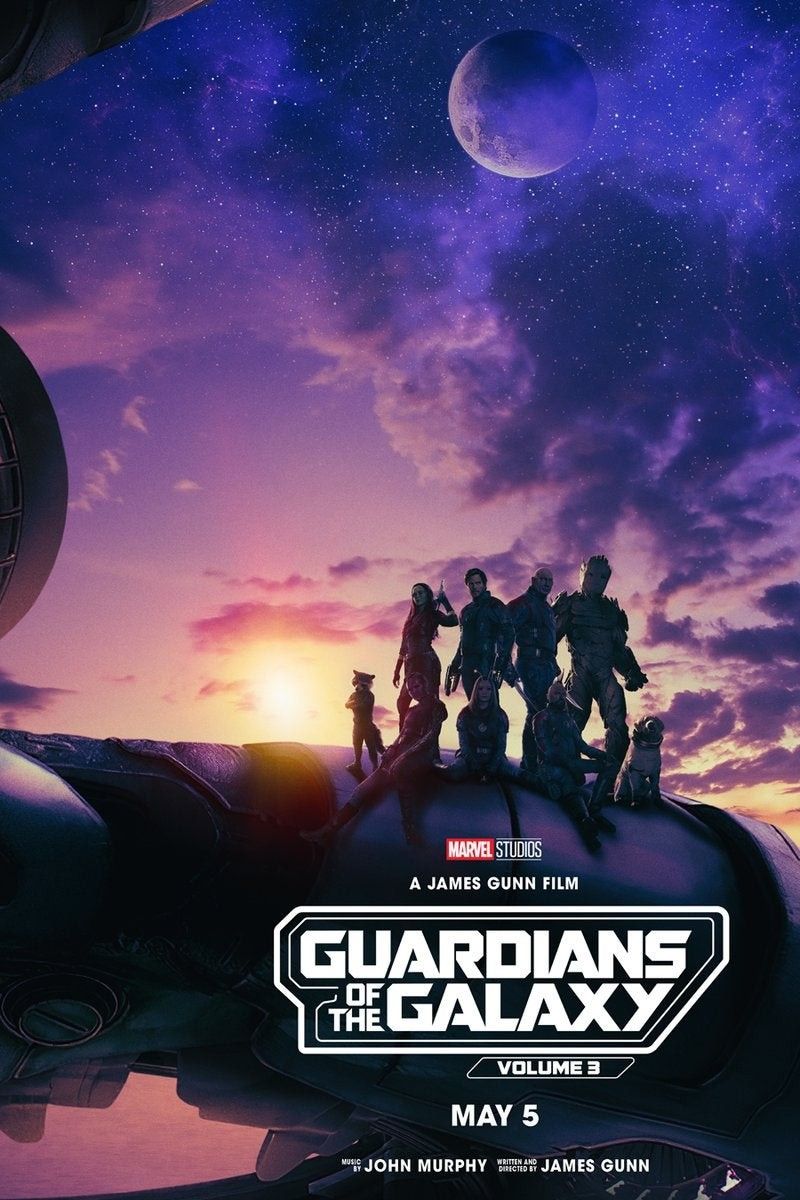Marvel's Loki series on Disney+ is one of the weirdest, most adventurous offerings Marvel has ever put forth. The new realms the God of Mischief finds himself in each have a unique look and vibe, despite being wildly different, from the bureaucratic midcentury nightmare of the TVA to the doomed, neon-tinged moon of Lamentis-1. The distinct look of Loki is all thanks to production designer Kasra Farahani, a Marvel veteran who really got to have fun with this project.
Farahani spoke to Screen Rant about trying to match something described as "Mad Men meets Blade Runner," the control of building every single set down to the last detail, why his paint supervisor may or may not have wanted to kill him at one point, and more.
Loki has such a distinct look in every set, such as the midcentury modern '50s office style of the TVA. Was that something that you worked on together with Kate, or was that something you came up with on your own and brought to her and said, "Hey, I think this would be a really good look for this?" How did it evolve?
Kasra Farahani: So I think a lot of it comes from the source material. The TVA has a very much a midcentury quality, but also Michael Waldron, the writer and creator, he had a very concise and evocative line in the original pitch doctor that said, "Mad Man meets Blade Runner," which was a starting point. Both Kate and myself, separate before we even met, in reviewing the material, felt that Terry Gilliam's Brazil was also very relevant, both because of the anachronism that that has that's so relevant to us, but also because of how successful and unique the bureaucratic feeling is. It just feels like this big bureaucracy crushing the individual, it was a very relevant narrative for our world, as well.
So in our process, it's like researching midcentury modernism and trying to figure out what does it mean when you reconcile Mad Men, which is like whimsical, warm American midcentury modernism with Blade Runner, which is dystopic, analog future tech. What does that world look like? So in looking at the different versions of midcentury modernism, we arrived at a maybe more European style of midcentury modernism as motivating to the shapes of the architecture. For example, British brutalistism or Soviet-influenced Eastern European midcentury modernism, those big, stoic, cold, monolithic spaces drove a lot of our feeling of the volumes, but the surface is the skinning, the palette, and the whimsical patterns we very much took from American midcentury modernism. So creating this cognitive dissonance and the people that are brought to the TVA, even the audience, where it's like, you can't tell immediately if this is a warm and friendly place or if it's a place that wants to destroy you.
In a way, you can kind of see Loki almost as a microcosm of the Marvel Cinematic Universe as a whole–you know, Marvel famously has different genres for different offshoot franchises, and yet you can tell they all co-exist in the same universe when they're finally brought together. Was that a challenge in balancing such disparate locations, visually, and making them all seem cohesive?
Kasra Farahani: You know, it's always a challenge, but also the gift of a project like this is the breadth of looks that you're creating. Yeah, you are trying to find a throughline, the visual throughline that links everything. But the story and visuals both have this thing where the TVA the anchor, it's the anchor of the look, it's the narrative anchor, it's the home base. And then you're jumping out to these different environments as satellite narrative and visual experiences.
I think a reason why there's a cohesive quality to it is because we built so much, other than the Marriott location we used for the archives, we used almost no locations, everything was built on a stage or a backlot, so we were able to control every detail and also the lighting very specifically in terms of how it meets the architecture. So that's a big part of being able to do that fine-tuning and build a tactile world that feels real to the viewer because it isn't relying on major amounts of set extension all the time. When you see the expanse, and when you see the massive Time-Keeper statues in the archives, but that the bulk of the time theater, the time port, receiving, all that's 100% built–the chronomonitoring station, too. That's what I think gives both the actors and the audience sort of that tactile feeling, and that's the same with the Loki Palace in the bowling alley, which we built almost entirely. That tactical, tangible quality is part of what helps these things to all feel like they're part of the same world.
Did you have challenges in designing any of the sets, or was there one that was particularly more challenging to get right than at any other one?
Kasra Farahani: The ones that were the most challenging, honestly, was Asgard, because it was the only one where we were really going back to a world that we've already seen before. So that was tricky because we were in this headspace of world-building, everything was original. Everything was original, we'd never seen any of it before, so going back to Asgard and finding a way to make it unique to the show, but still a part of the world that fans had already seen, yeah, that was tricky.
Right. I imagine you'd have to still make an Asgard with the golden palace, but tweak it just enough so that it's Sylvie's Asgard, not the timeline we're used to seeing.
Kasra Farhani: That's exactly right, yeah, yeah. Yeah.
You've done a lot of projects with Marvel, from concept artist, to art director and now production designer. Is there one that you prefer more than the other roles, or does each one have its strengths?
Kasra Farahani: Production design is the most fun job, for sure. You have the biggest paint brush in the art department, basically, so that's why it's the most fun. but I've enjoyed all those processes and I've learned a ton from it. Doing concept art is just part of it, that's my language. So even on the production design of something big like this, it's hard to find the time to do concept art, but still, you do small sketches to show the illustrator working with you what you're looking for. So it's a great thing to have in my background and still is very much part of the way I think.
With something like writing or even composing, you can't really see how it really will unfold until you have it up on its legs–maybe the dialogue's not working or that piece of score isn't working. I imagine it's different with production design, because you do have the concept art and everything beforehand, but do you ever get to points where you start building something and you realize, "Oh, we have to go with a different direction, with this, it's just not working for the vibe we want to capture?"
Kasra Farahani: You know, no, not really. I think our process, it's pretty rigorous, so that by the time we're building, we pretty much know what we're going for. Now, with that said, I've been on plenty of projects where scripts change. I mean, I've been on projects where you build entire built sets, but they just don't get shot because the script changed. So that happens. And in terms of making adjustments to the design, it happens on the scale of details, maybe even colors. This is not something I do a lot, but once in a while, like in the chronomonitoring station, there are these mission control consoles and it's a very tricky palette in that set, because it was a warm, cool palette of greens there, and so I did have those mission control consoles painted three times to get to the right green. But that was the only thing–you could talk to my paint supervisor [laughing]–on the whole show that we had that with. That's the scale of change you're dealing with. You're not getting to the point where you're saying we fundamentally have to reimagine this thing. Unless the script changes, which does happen.

